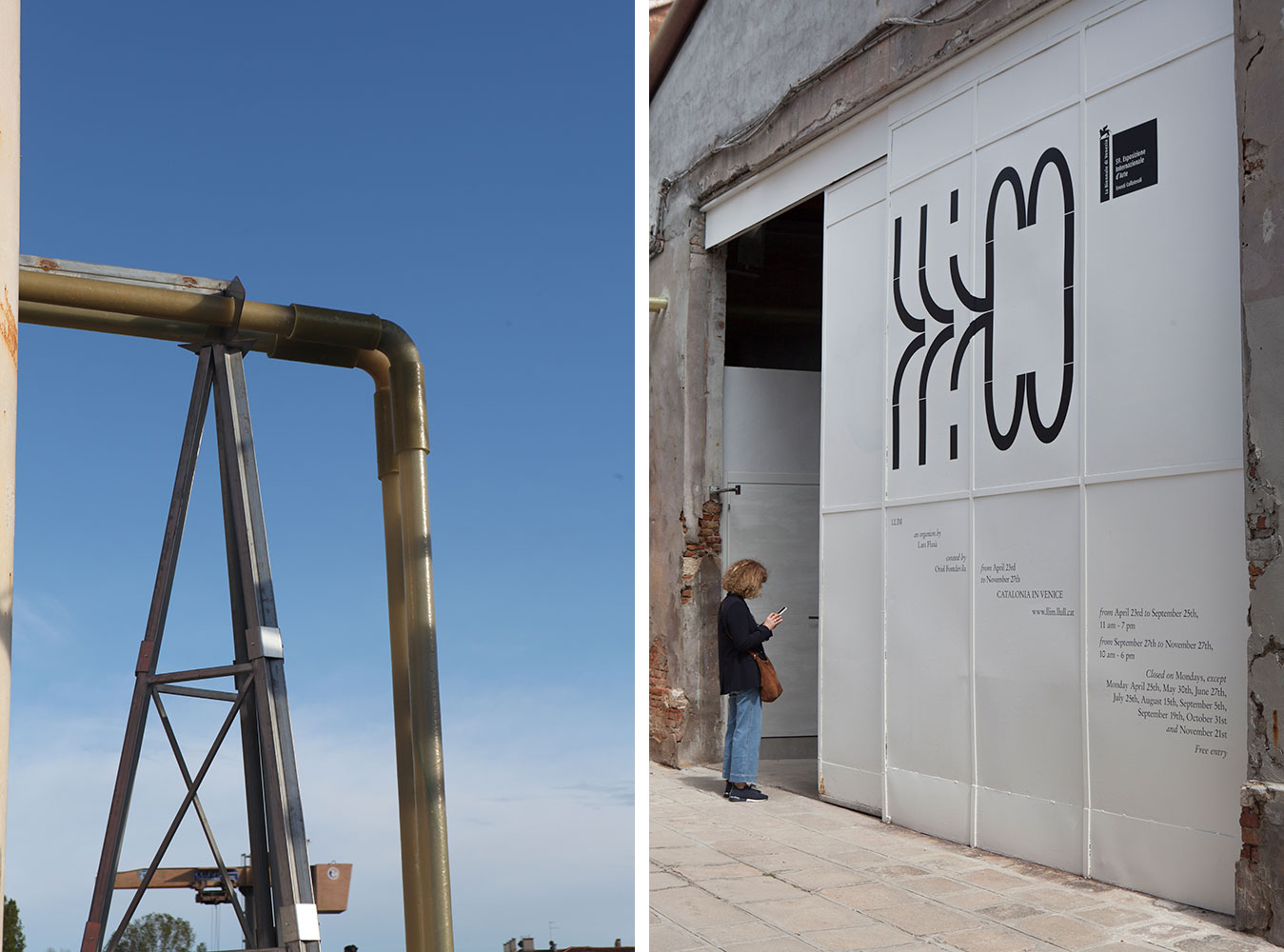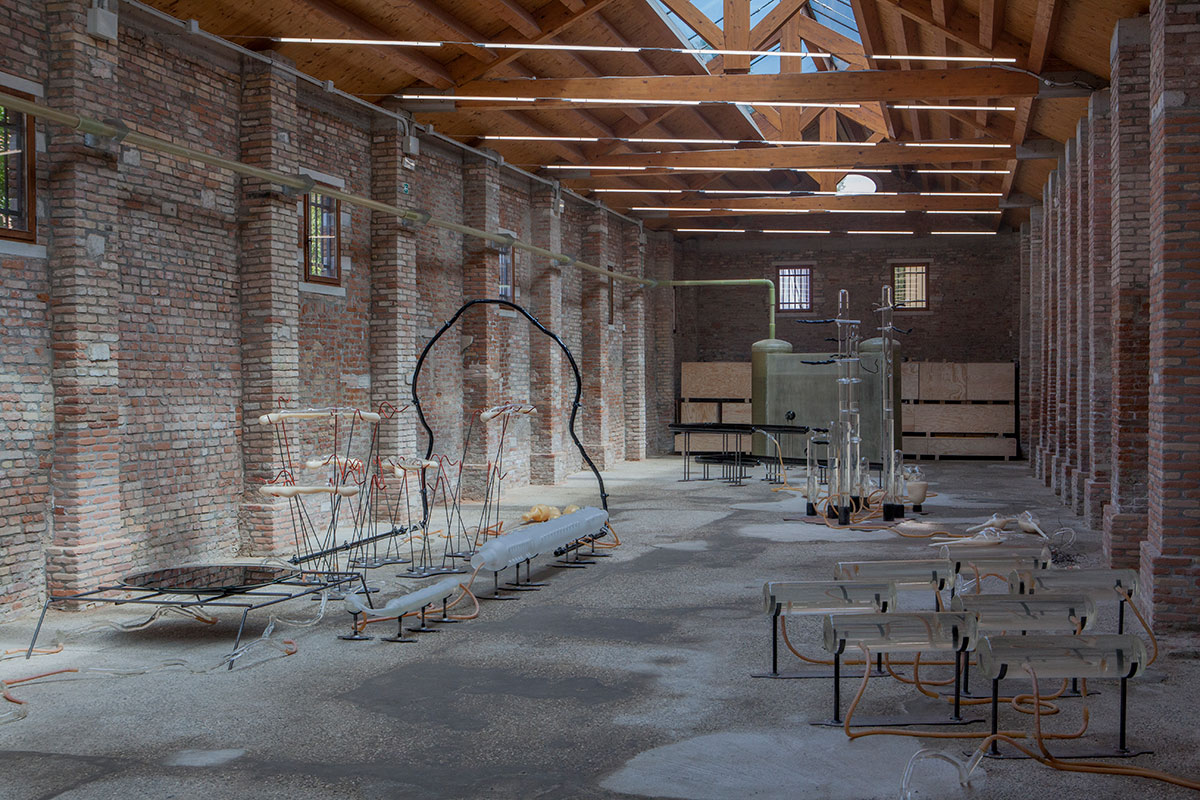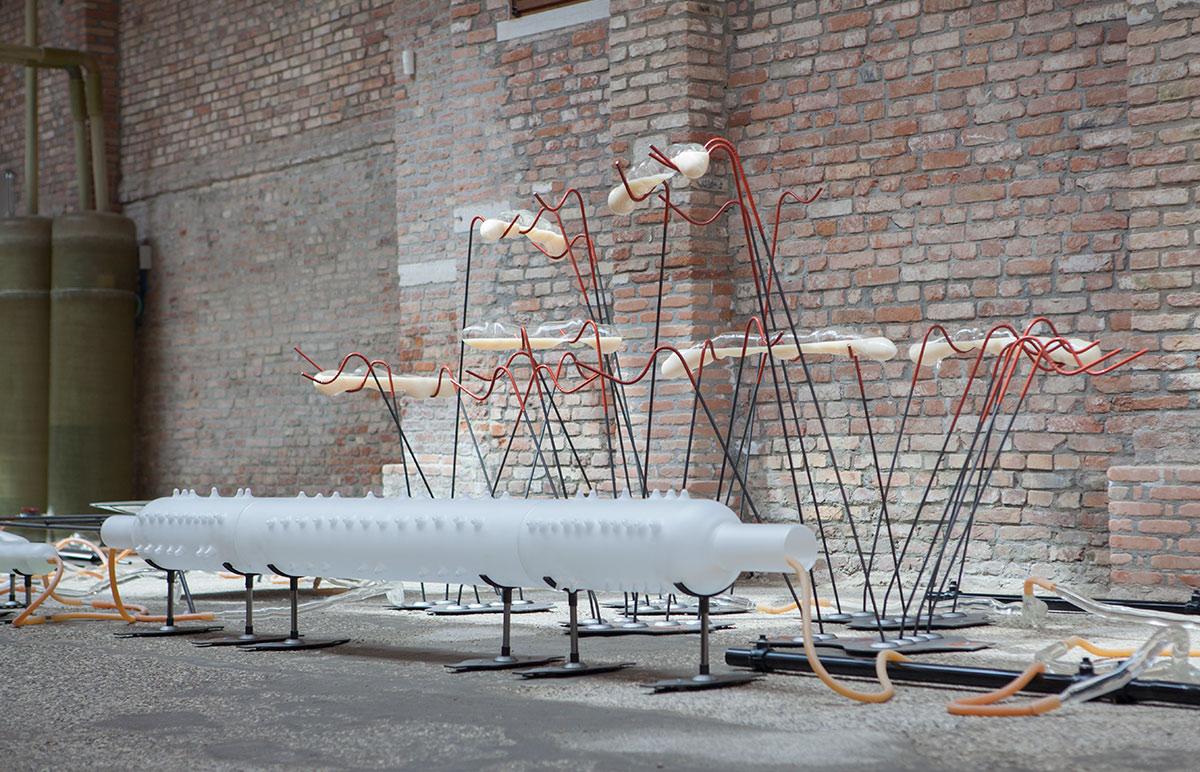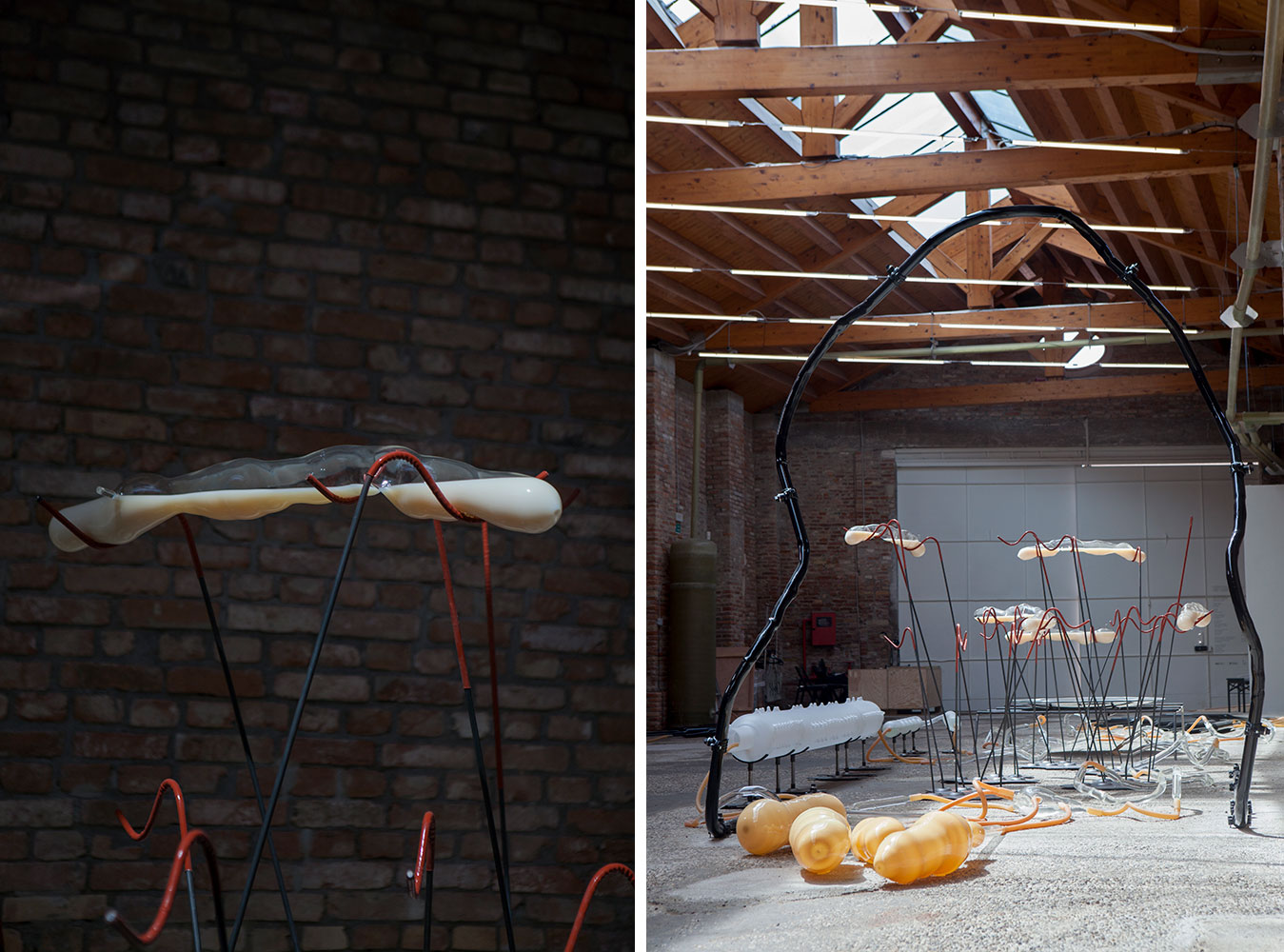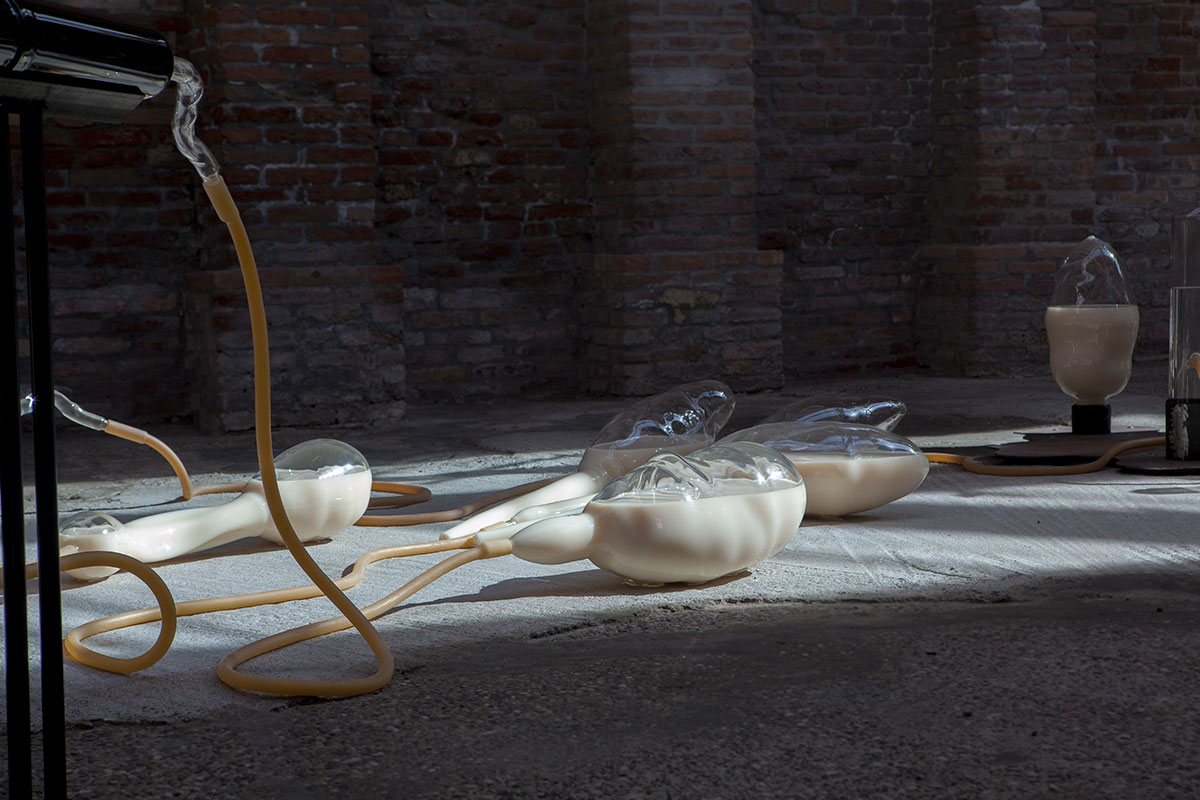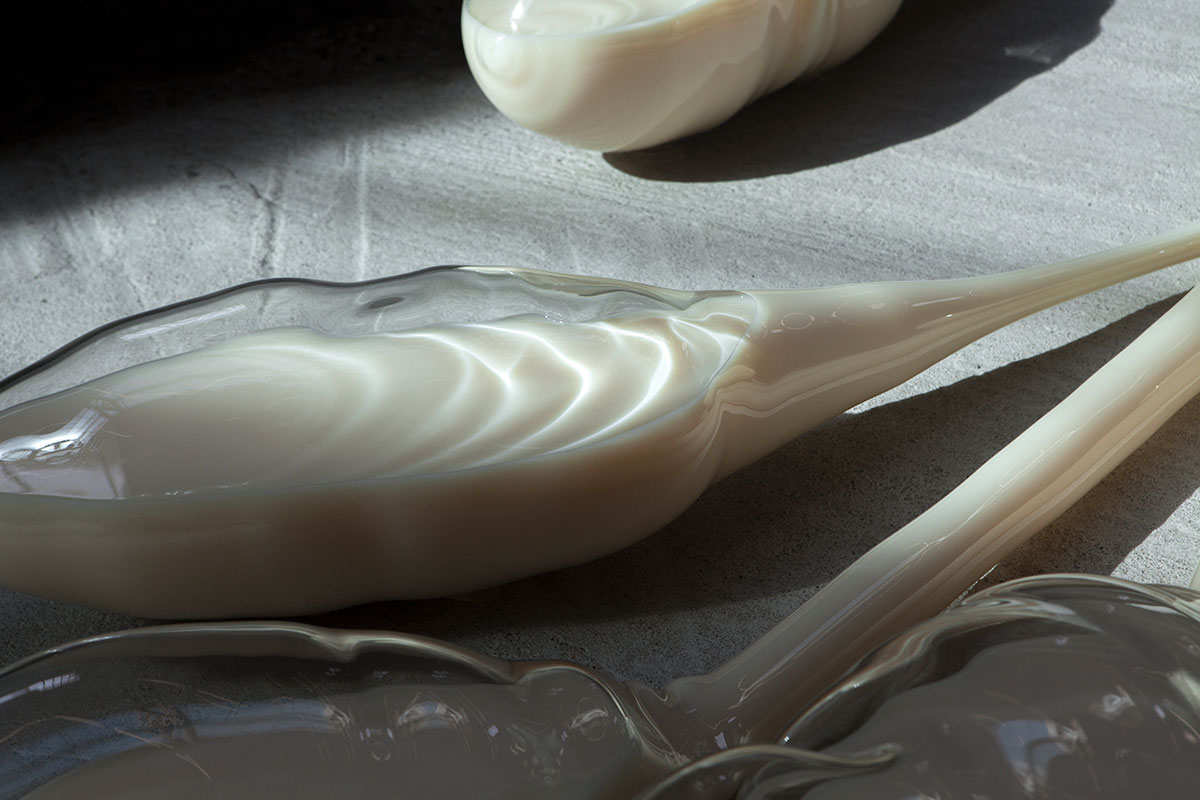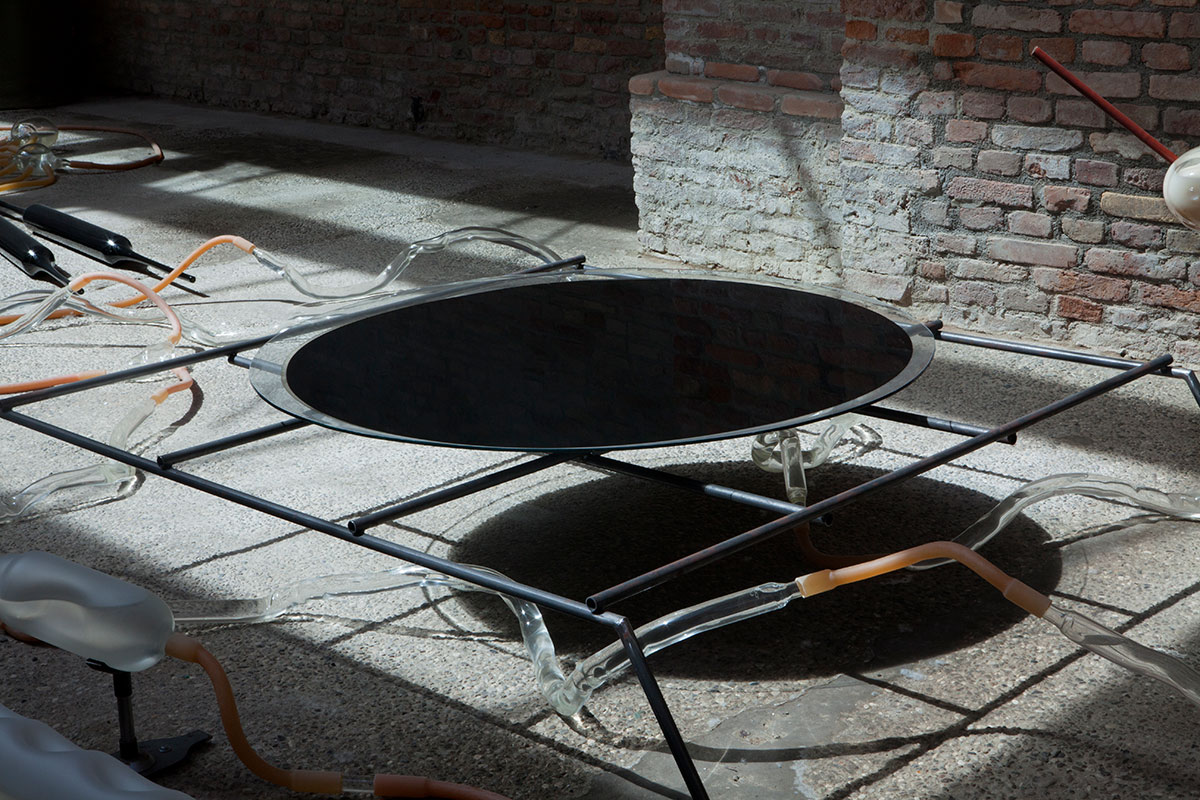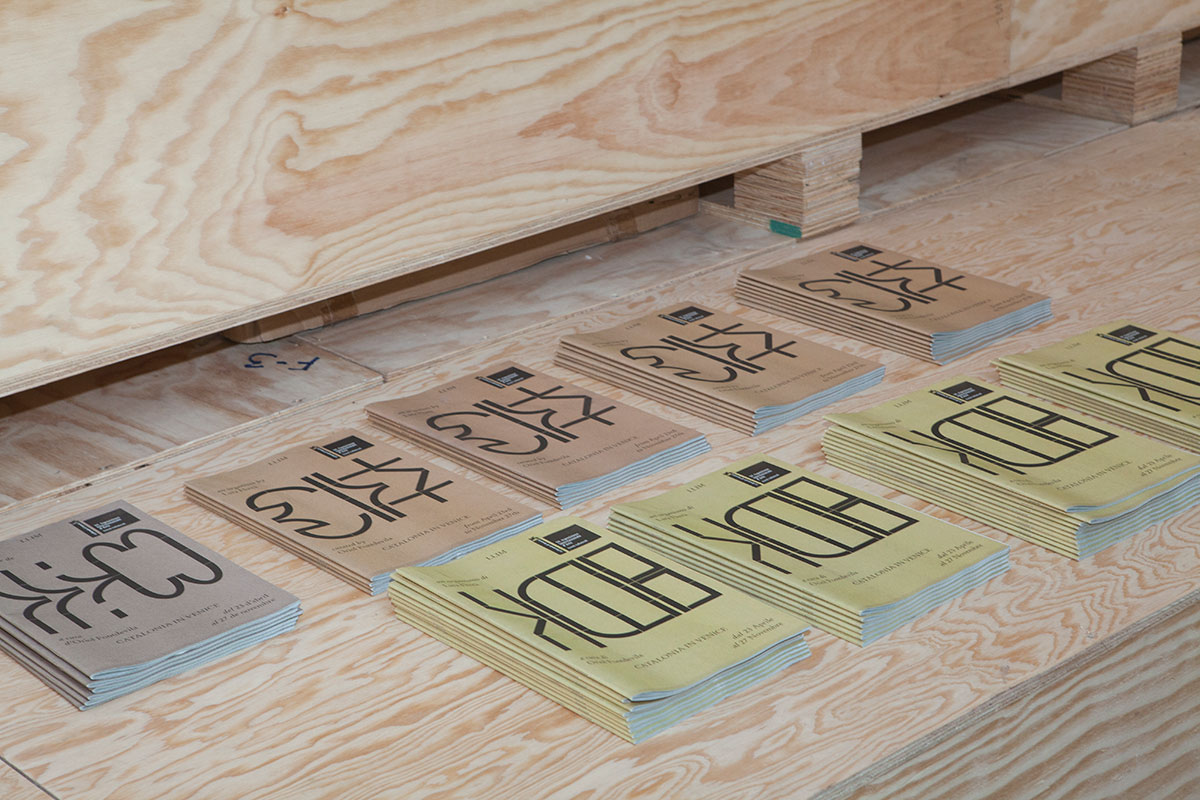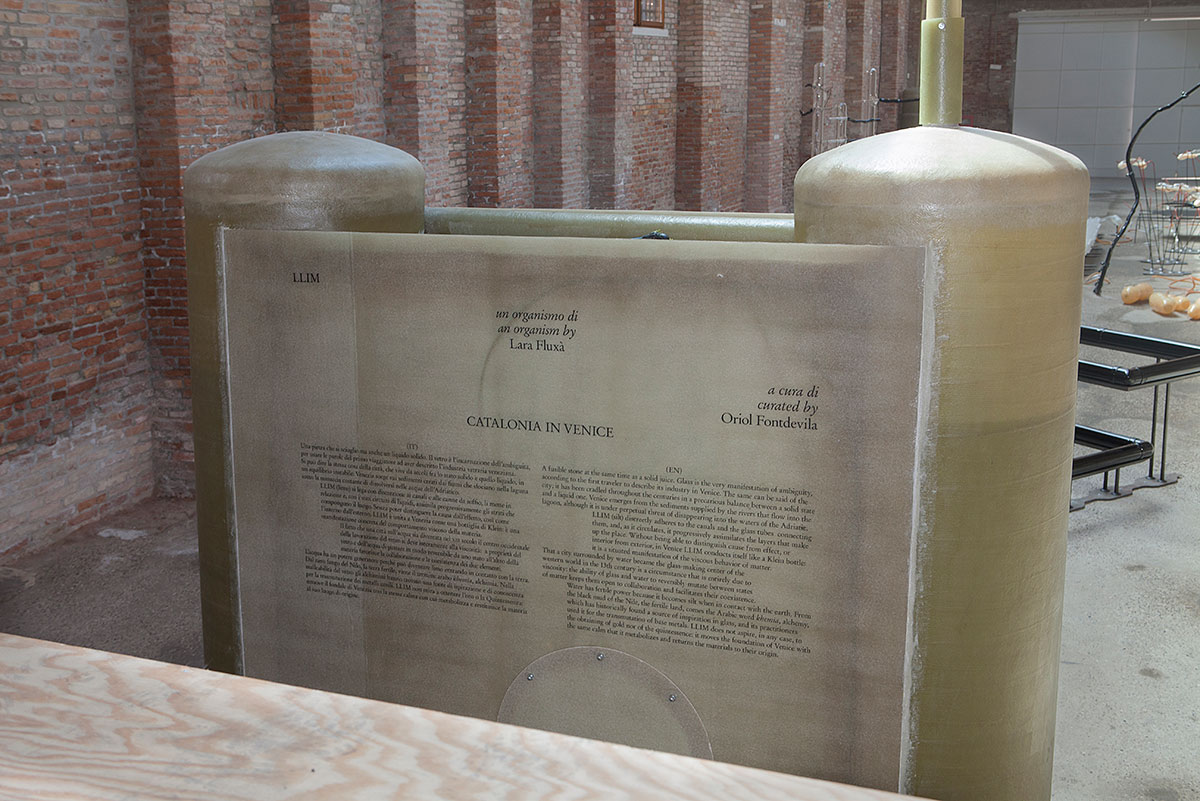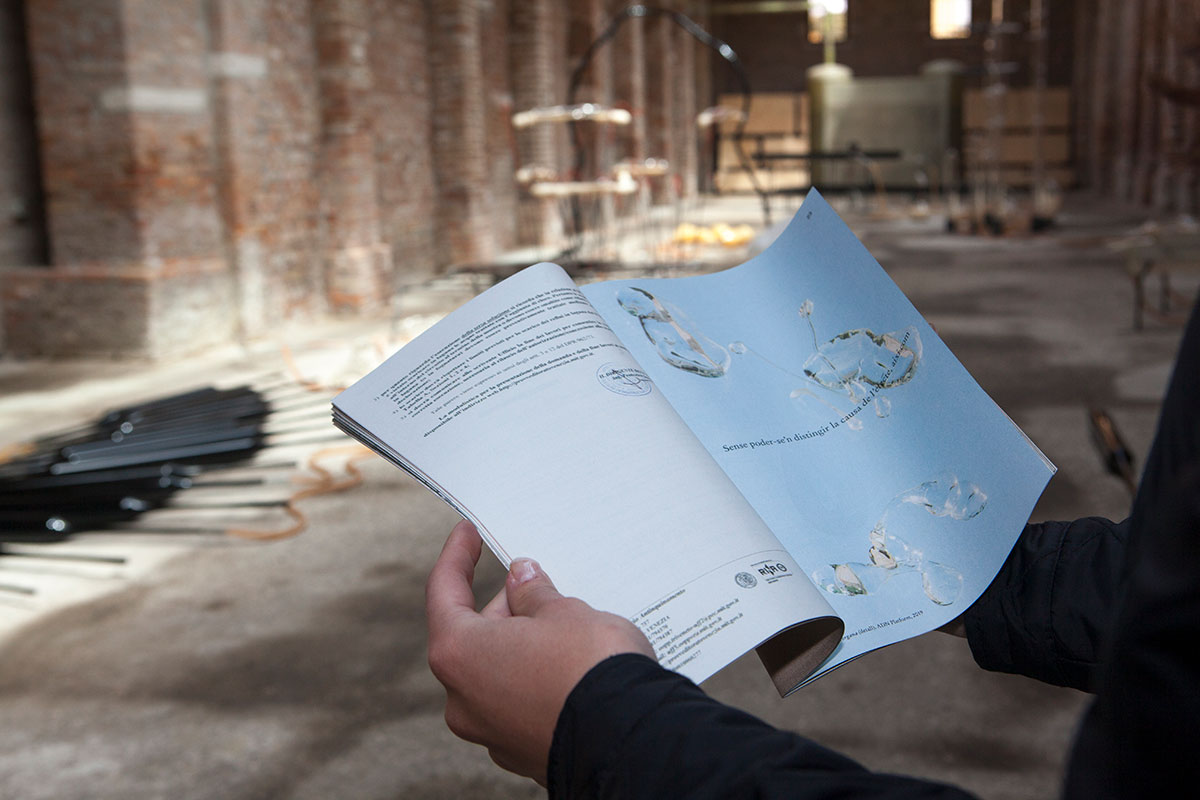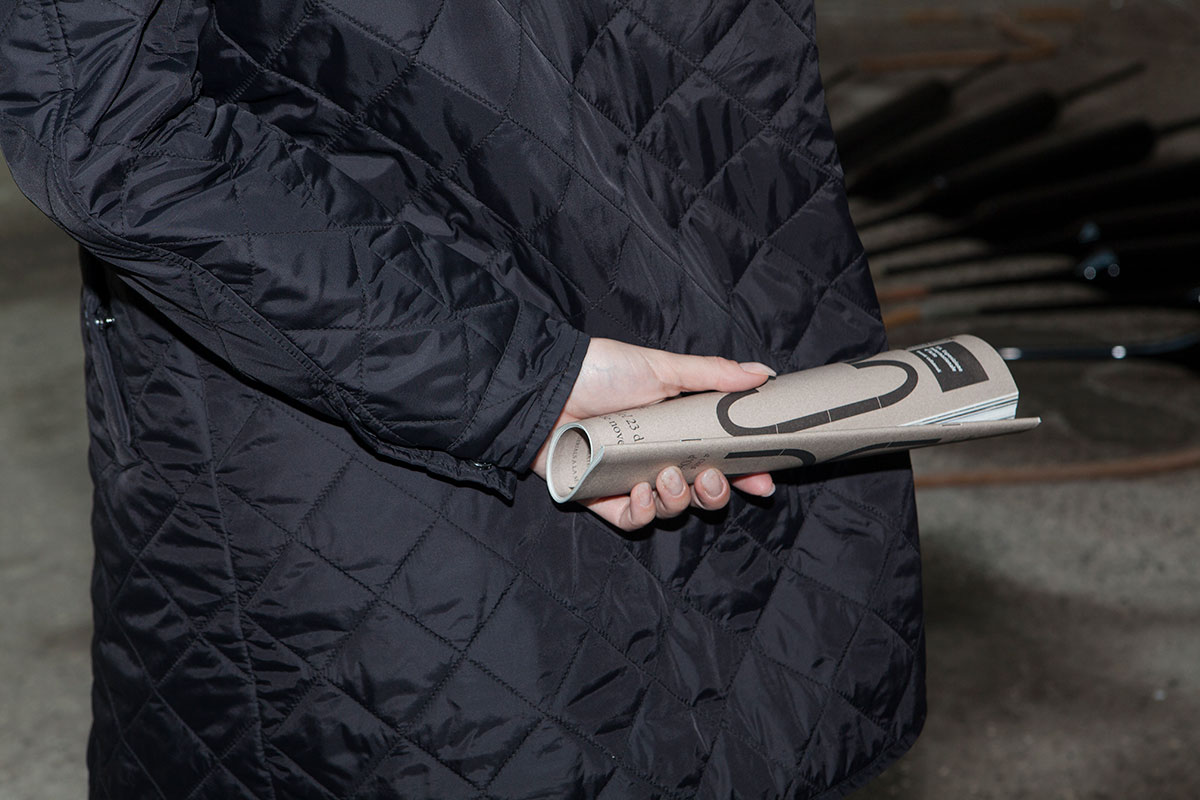ART CITIES: Venice-Lara Fluxà (Catalonian Pavilion in Venice Biennale 2022), Part II
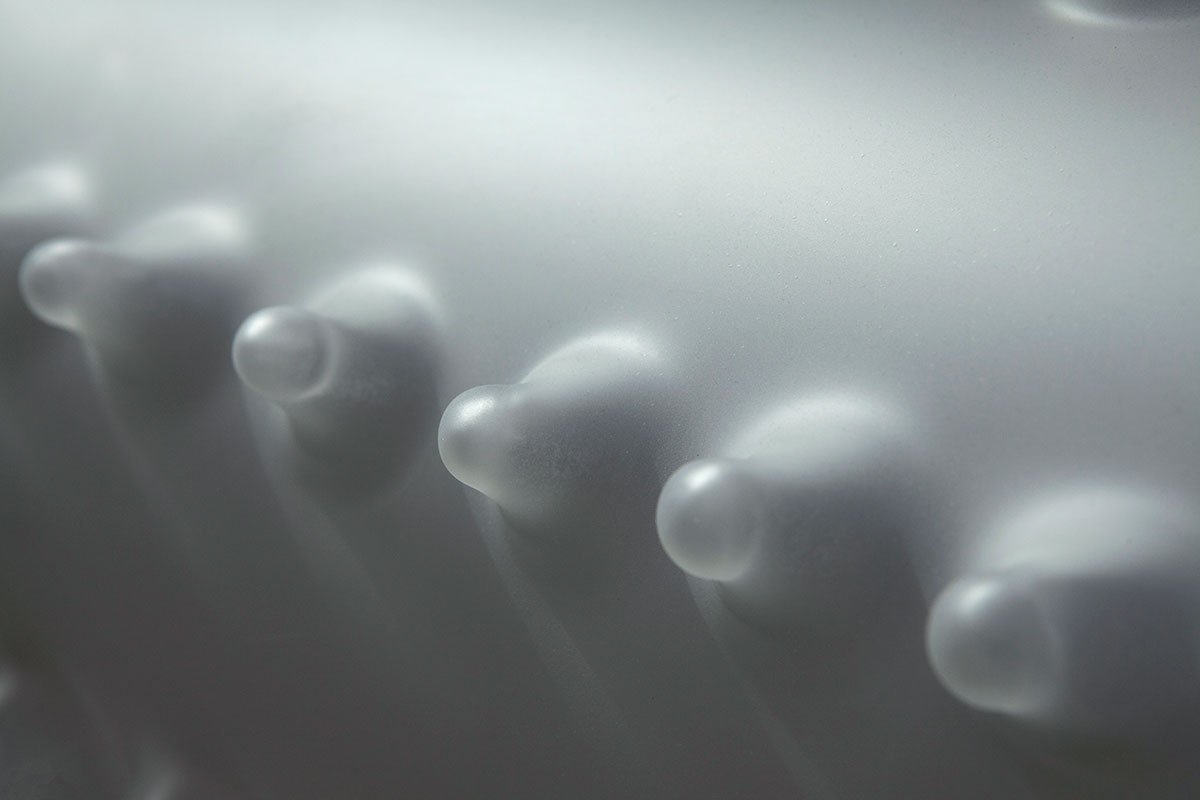 Lara Fluxà has been working with water and glass for the majority of her career. These are materials that took her to explore concepts such as fragility, stability and the balance of ecosystems. She discovered glass and its possibilities during her childhood. Back then, she discovered that glass was not a liquid or a solid, but “something fragile that behaves like honey and that can be cut with scissors” (Part I).
Lara Fluxà has been working with water and glass for the majority of her career. These are materials that took her to explore concepts such as fragility, stability and the balance of ecosystems. She discovered glass and its possibilities during her childhood. Back then, she discovered that glass was not a liquid or a solid, but “something fragile that behaves like honey and that can be cut with scissors” (Part I).
By Dimitris Lempesis
Photo: Violeta-Mayoral
Lara Fluxà has carried out intense research to identify the most genuine and peculiar aspects of Venetian traditions and myths related to glass and water, two fundamental and consubstantial elements in the history of the lagoon city to create “LLIM”. The installation unfolds a landscape that shows the fragility of the environment and its possibilities that calls for our urgent attention and understanding. The work includes several sculptural assemblies where the water of the lagoon circulates. Water is always in motion, but this is not always perceptible, therefore the installation includes optical effects to visualize the movement. In addition to the main water circuits, there are other sculptures with more or less organic shapes, which form closed circuits with a shorter path. These contain a liquid with a milky consistency and another derived from petroleum. Unlike water that is kept in constant circulation, these remain still, without a hint of movement. To create “LLIM”, the artist has collaborated with master glassmakers and a hydraulic engineer, who has developed a pumping system specifically for the installation. Lara Fluxà’s father, Lluc Fluxà, is the most renowned exhibition assembler in the Balearic Islands, so the artist has known the ins and outs of this delicate work since her childhood. Perhaps this background has allowed her to bravely face a project so complicated in its formal completion. Anyone who has worked in Venice knows how complicated it is to obtain authorization to intervene in any heritage element, including the lagoon. After the bureaucratic steps to obtain all the permits, one of the main challenges of “LLIM” has been to trap the water from the adjacent San Pietro canal and transfer it using a hydraulic pump inside the pavilion, where it circulates through the glass sculptures thanks to the own gravitational inertia aided by a system of valves controlled by Arduino microprocessors. As it passes through the pavilion, the water from the canal leaves residues, sludge and sediment, that is, the “LLIM”. that gives the work its title. Throughout the seven months of duration of the Biennale, the installation will assimilate the subsoil of Venice, incorporating it into the pavilion through the pipes of the organism. This is the reason why the artist and the curator consider “LLIM” as a living organism which, as such, leaves space for experiment and surprise. The result of the circulation of water through these not completely sealed circuits, but with a minimum presence of oxygen, will be known only during the Biennale. In principle, it is unknown whether it will generate any form of life, microorganisms or bacteria. On the other hand, the accumulation of sediment poses a contradiction, it produces a fertile substrate full of life, but at the same time, it is difficult to manage, as shown by the problems affecting the Venetian lagoon. A factor that adds complexity to the piece is the composition of the water in Venice and its greater density, due to the mixture of saline water from the sea with fresh water from the lagoon.
Photo: Lara Fluxà, Llim, Glass, water, Photo: Violeta-Mayoral, © Lara Fluxà, Courtesy the artist
Info: Curator: Oriol Fontdevila, Catalonia Pavilion, Ramo del Zoccolo, Castello 40, Venice, Italy, Duration: 23/4-27/11/2022. Days & Hours: Tue-Sun 11:00-19:00 (23/4-27/4/2022) & 10:00-18:00 (27/9-27/11/2022), www.labiennale.org
